
The History of Books
Have you wondered where books come from? Sure, we’re all familiar with the history of books after the innovation of the printing press, but what about books before then? What did the first book look like?
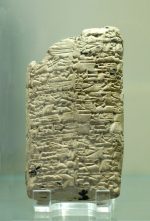
The First Books
The first “books” were actually clay tablets used clear back in the 3rd millennium BC (2001–3000 BC).
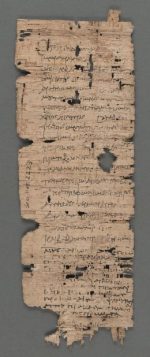
Papyrus
Around this same time, 2400 BC, papyrus scrolls were also used. Papyrus was made from plants.
Before the 2nd century BC, writing was being done on bone, shells, wood, and silk in China. People were creative!
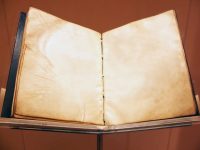
Codex
In the 2nd or 3rd century AD, books took on a more familiar form when Romans started folding papyrus sheets together between wooden covers and called it a codex.

Parchment
Papyrus, though, wasn’t a great medium because it would become brittle and deteriorate. An alternative writing material, parchment, which is made from animal skins, was created in the 3rd century BC, but it didn’t completely replace papyrus until the 4th century AD. Papyrus was extremely useful because the ink could be scraped off and the skin reused—after this process, the parchment was then called a palimpsest.
Photo courtesy of Michal Maňas: snek01 via Wikimedia Commons

Paper
So when was paper created? Paper was first made in China from bast fibres (plant fibres or “skin” taken from the stem of certain plants) and old rags, but it was only used for wrapping and padding until the 3rd century. By the 15th century, paper had mostly replaced parchment.
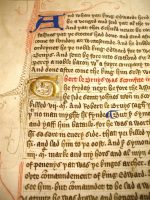
Illuminated Books
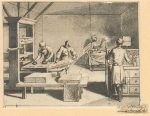
The Printing Press
The history of books changed forever when Gutenberg created the printing press in 1440. At first, the press was viewed with suspicion, since it shortened the time needed to make a book by so much—it was even considered to be the work of the devil by religious people. But the method spread quickly in just a few decades, and the printing revolution began.
The printing press not only meant that more books could be printed but also that religious books could easily be printed in English, rather than just in Latin, by anyone who owned a printing press.
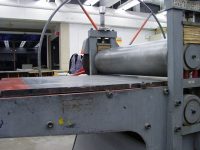
Books have come a long way. However, it may surprise you that some artists today still create what is called “the Beautiful Book,” where they create the paper and ink, as well as handwrite, illuminate, and bind the book.
I’m glad I live in an age where books are plentiful, cheap, and easy to buy. Happy reading, everyone!



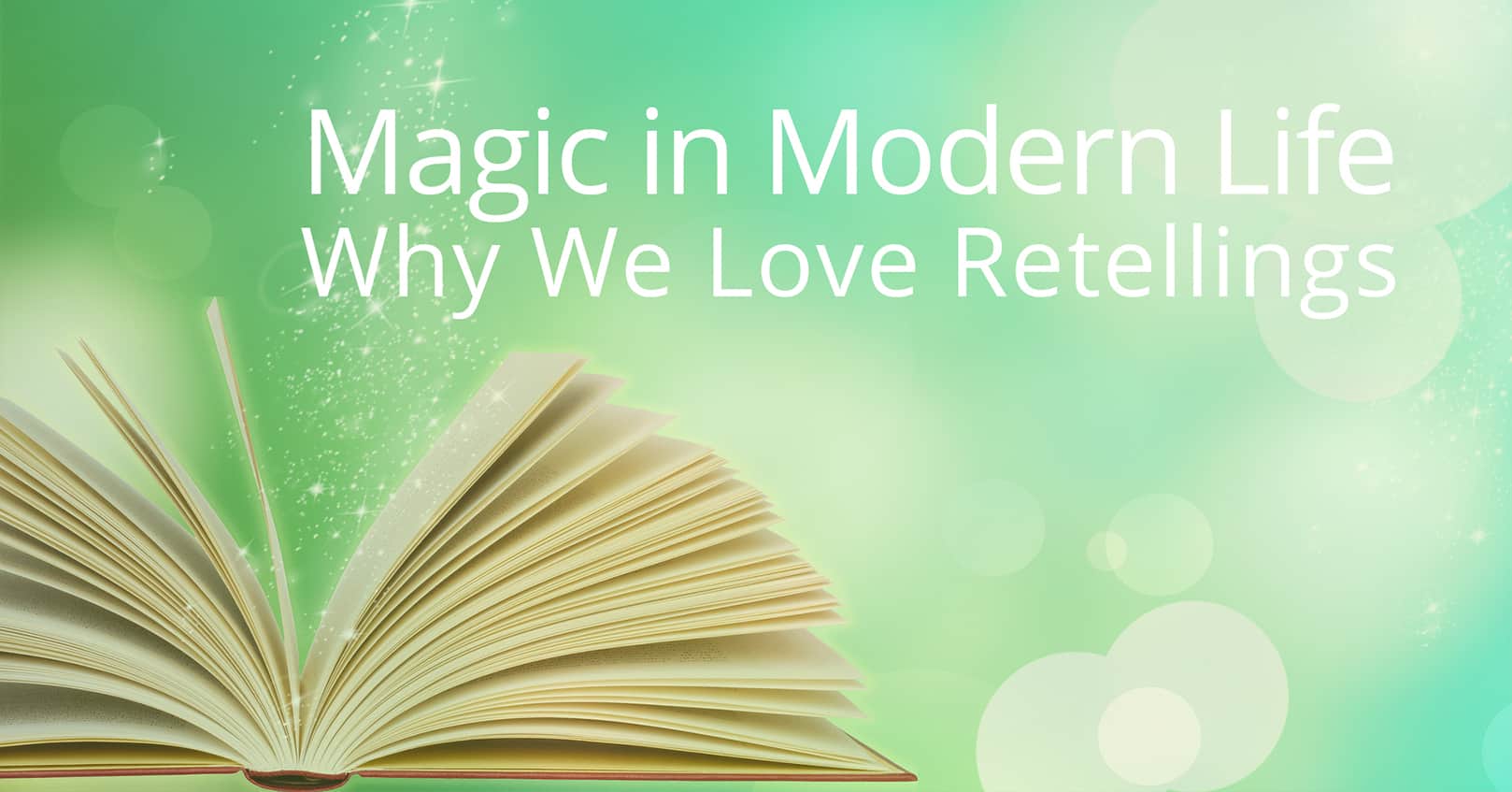

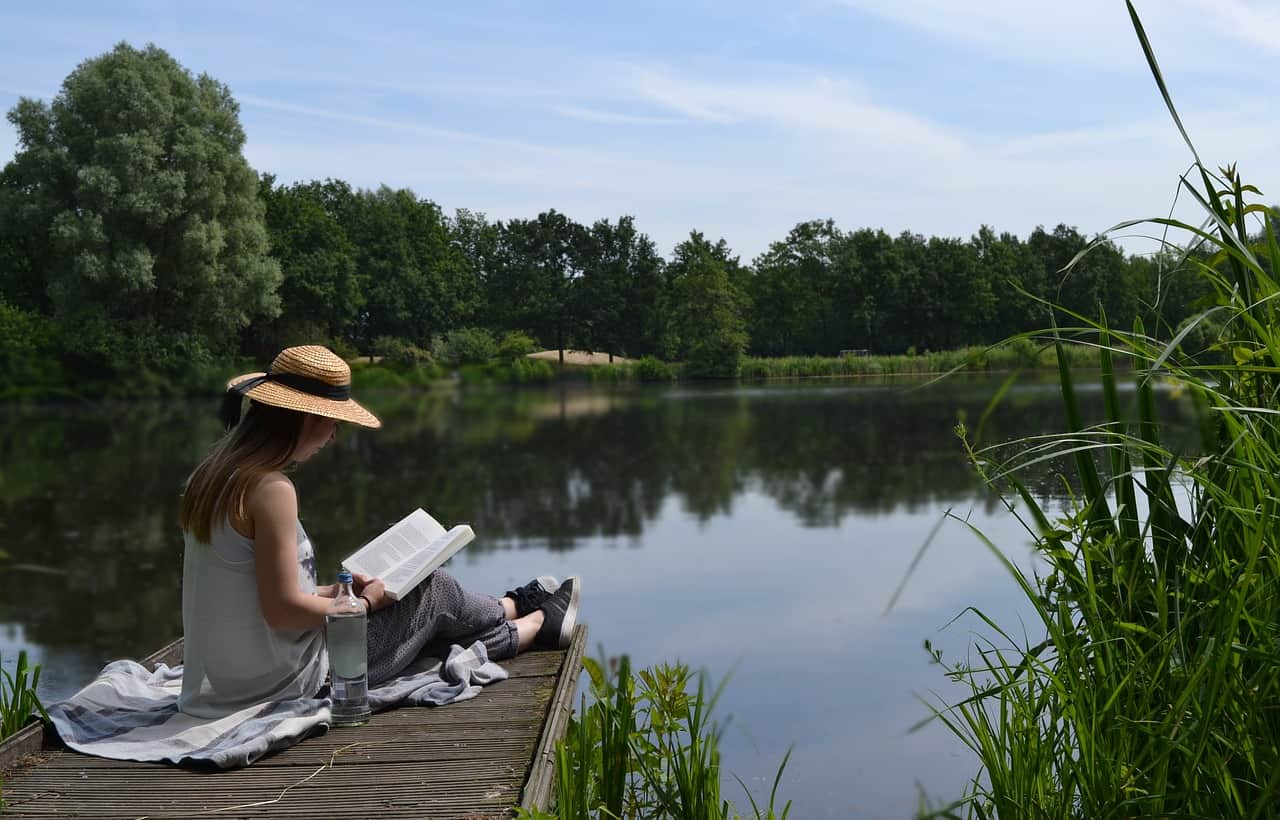










Comments